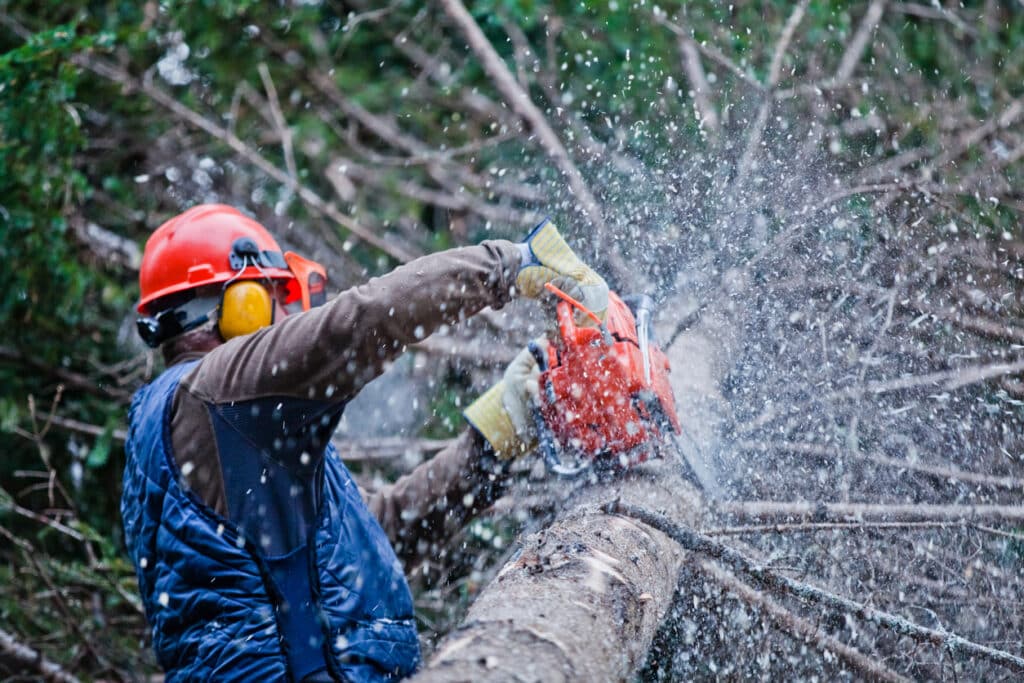Trees survive longer than most other living things. Some tree species last for thousands of years, many times the average life span of humans. Of course, some trees die much younger. This might happen due to disease, pets, or exposure to deadly conditions. Luckily, if you catch the problem early, you might be able to save your tree. Keep an eye on the following four main signs your tree is about to die and reach out to an expert for treatment.
1. Dead or Discolored Leaves
Dead and discolored leaves are the most obvious sign of a sick tree nearing death. Tree leaves often die when the root system is damaged or when pests or diseases invade the tree. Pest and disease invasion directly affects the natural flow of nutrients to the tree’s leaves, leaving them underfed and eventually causing their demise. If there is no solution to such problems, your arborist will often recommend replacing the whole tree.
2. Broken Sticks Around the Tree
When the health of a tree is shaken, the twigs and branches lose their firmness and flexibility. Consequently, they will start breaking off in large numbers. Call your local arborist to inspect the tree and recommend the right treatment if you notice broken twigs and branches around its base.
3. Invasion by Fungi and Insects
Healthy trees rarely attract certain animals or fungi. Insects such as carpenter ants and bark beetles thrive best in weak or feeble trees. Similarly, fungi like mushrooms and cankers thrive in trees about to die. Look for fungal and bacterial infection signs such as discolored bark, rotten trunk spots, and mushroom growth. Your arborist can assess the problem and tell you whether it can be resolved or whether you should replace the affected tree.
4. Damaged Roots
You can’t physically check for damage and health conditions in your tree roots because they’re underground. However, you can tell the severity of the damage to the roots by checking the health of other parts of the tree. For instance, when the tree roots are damaged, the tree will experience stranded growth, epicormic shoots, and falling leaves. Over time, the branches will become weak and start falling off unexpectedly. The tree may even start leaning toward the direction of the severely damaged roots.
These are highly indicative signs of trees close to death and requiring abrupt salvaging. When your tree reveals any of these signs, talk with a certified arborist. We’re a local tree care team with a government-issued license to help customers keep their trees healthy. Our crew is ready to come to your rescue anytime regardless of your tree’s type or age. We offer cost-effective services that entail removing dead trees, stump grinding, pruning, and trimming. Our team of skilled experts is also good at preparing your home for the storm season and cleaning up storm-related mess in residential and commercial areas.
Call the team of experts at Curtis Point Tree Service for best-in-class tree removal services in Spokane, WA.



